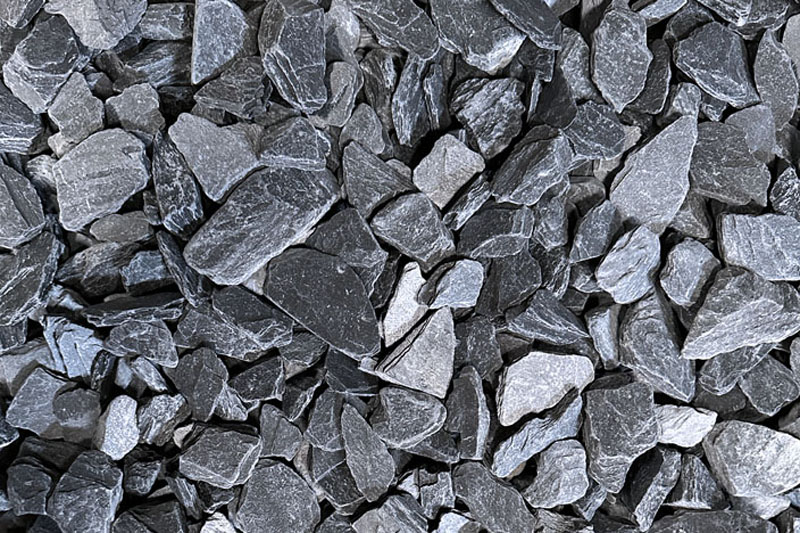Introduction
Firdeco bark is a popular material used in gardening and landscaping. It is a natural and sustainable option that provides numerous benefits to plants and soil. Fir bark is commonly used as a mulch, soil amendment, and potting mix ingredient. It has a unique texture and color that adds aesthetic value to any garden or landscape. In this blog post, we will explore the benefits of fir bark, how to use it in your garden, and some tips for maintaining it. Whether you are a seasoned gardener or just starting out, fir bark is definitely worth considering for your next project.
What Is Firdeco Bark?
Firdeco bark comes from the outer layer of the bark of fir trees. It is a natural material that is commonly used in gardening and landscaping as a mulch or soil amendment. Fir bark is known for its ability to retain moisture, improve soil drainage, and provide a natural source of nutrients for plants. It is also used in the production of horticultural products such as potting mixes and orchid growing media.
4 Great Ways To Use Firdeco Bark In Your Landscaping Project
Mulching: One of the most common uses of fir bark in landscaping is as a mulch. Mulching with fir bark has several benefits. Firstly, it helps to retain moisture in the soil, which reduces the need for watering. Secondly, it suppresses weed growth, which saves time and effort in maintaining your garden. Thirdly, it provides insulation to the soil, which protects plant roots from extreme temperatures.
Pathways: Fir bark can also be used to create pathways in your garden. It is a natural and rustic option that blends well with other landscaping materials such as stones and gravel. Fir bark pathways are not only functional but also add visual interest to your garden.
Decorative Features: Fir bark can be used to create decorative features such as borders around flower beds or as a backdrop for outdoor sculptures or water features. It adds texture and color to your garden and creates a natural look that blends well with other landscaping elements.
Soil Amendment: Fir bark can also be used as a soil amendment. It is rich in nutrients and organic matter, which improves soil quality and promotes healthy plant growth. When mixed with soil, fir bark helps to improve drainage and aeration, which are essential for healthy root development.
What Plants Use Fir Bark?
Fir bark is particularly beneficial to epiphytes that like acidic environments, particular when it's applied as a stand-alone substrate. Among the plants that require fir bark are moss, a few varieties of fern, and epiphytic orchids.
Another type of plant that makes use of fir bark is the bonsai. Although other barks, like cypress and cedar, can be utilised for bonsai trees, experts do not advise doing so because of how slowly they decompose. They would therefore be unable to provide the bonsai tree with enough nutrients.
It is best to use firdeco bark when the soil is fairly damp. This type of bark can be sprayed at any time of year as long as the soil is wet, however late winter or early spring are the most preferred times. A single layer of firdeco bark should be at least 5 cm (2 in) thick to prevent needless soil surface evaporation.
Which Type Of Firdeco Bark Should I Choose?
We currently stock firdeco bark in three different size options: mini mulch, small, and medium. The type of firdeco bark you choose will depend on your needs and the specific landscape you're working with.
Small and medium-sized bark options will store and absorb a lot more watermoisture than bigger ones. Large-sized bark can only retain 27% of its dry mass, but small- and medium-sized bark can soak up a staggering 47% and 43% of their dry weights.
Finer decorative bark is ideal for bonsai and common houseplants. Pros And Cons Of Using Fir Bark In Your Yard Pros:
Fir bark is a natural and renewable resource.
It is lightweight and easy to handle. It provides good drainage and aeration for plants. It can help to maintain soil moisture levels by retaining water. It can add organic matter to the soil as it breaks down over time. It can help to suppress weed growth.
Cons:
Fir bark can be expensive compared to other types of mulch or soil amendments. It may not be readily available in all areas. It may attract pests such as termites or ants. It may require more frequent replacement than other types of mulch or soil amendments. It may not be suitable for all types of plants, as some may prefer a different type of soil or growing medium.
Verdict
In conclusion, fir bark is an excellent option for landscaping due to its versatility and sustainability. Whether you use it as mulch, pathways, decorative features or soil amendment, it adds texture, color, and interest to your garden while promoting healthy plant growth. So next time you are planning your landscaping project, consider using fir bark as a natural and eco-friendly option.
Firdeco Bark At Roseville Landscape Material Supply
If you're ready to get started using firdeco bark in your landscaping project, we've got you covered. Here at Roseville Landscape Material Supply, we take pride in supplying a huge range of landscaping materials including firdeco of the highest possible quality.
We service most Sacramento cities and are ready to deliver your materials the same day if we have them available using our own fleet of dump trucks, to fit any order size. If you have any questions or wish to make an order, call us today and our friendly expert staff will be on-hand to help you.




